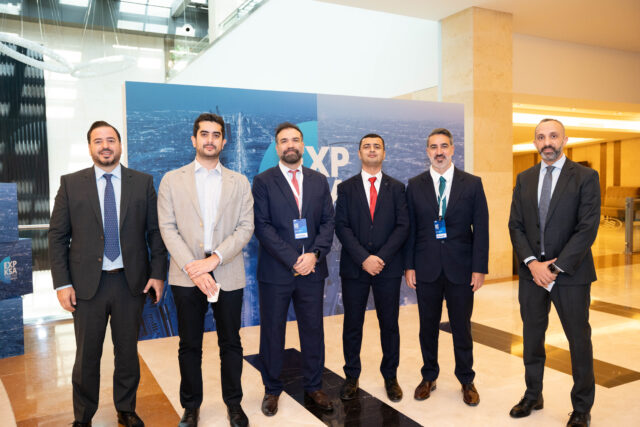March 12, 2025
HungerRush integrates Uber Direct to expand restaurant delivery options

HungerRush has announced the integration of Uber Direct into its HungerRush Delivery Services. This new partnership gives restaurants greater flexibility by enabling them to manage deliveries using multiple driver options within their existing POS system.
With HungerRush Delivery Services, restaurant operators can seamlessly coordinate all delivery operations from one platform, whether using Uber Direct’s extensive driver network, in-house delivery staff, or a mix of both. This integration enables restaurants to track orders, manage costs, and optimize deliveries in real-time, ensuring a streamlined and efficient process.
“Delivery isn’t a one-size-fits-all solution, every restaurant has unique needs and preferences,” said Eran Hollander, chief product officer at HungerRush. “HungerRush Delivery Services provide access to in-house and third-party drivers to ensure they can deliver great experiences during peak and off-peak hours. With the integration of Uber Direct into HungerRush Delivery Services, restaurants have expanded delivery options and geographic coverage.”
As demand for food delivery continues to grow, restaurant owners face challenges maintaining profitability while meeting customer expectations. HungerRush Delivery Services addresses these concerns by offering a cost-effective and flexible solution. Restaurants benefit from competitive flat-rate pricing, eliminating unpredictable delivery costs.
In addition, operators can choose from multiple delivery options—Uber Direct, other third-party services, or their drivers—allowing them to tailor their strategy based on peak hours, staffing availability, and geographic coverage.
Cost-effective tool
HungerRush Delivery Services provides restaurants with a cost-effective and efficient solution with competitive flat-rate pricing, helping to lower delivery expenses through pre-negotiated rates. Its flexible delivery options allow businesses to choose from Uber Direct, third-party services, or in-house drivers to optimize logistics.
Moreover, the platform enhances operational efficiency by consolidating all delivery tracking and management into a single system, reducing reliance on multiple apps or manual coordination and streamlining the delivery process.



